
Nagamachi Samurai District: Echoes of the Edo Era
Discover the timeless beauty of Nagamachi Samurai District in Kanazawa, a historic enclave where the echoes of the Edo era come alive through well-preserved samurai homes and tranquil canals.
The Nagamachi Samurai District in Kanazawa offers a captivating journey back in time to the Edo period. This historic neighborhood was once home to the samurai and their families, and it retains its old-world charm through well-preserved residences, narrow lanes, and traditional earthen walls. As you wander through the district, you'll encounter a series of picturesque canals and quaint bridges that add to the serene atmosphere of this cultural treasure. One of the highlights of the Nagamachi Samurai District is the Nomura-ke, a restored samurai house that provides an intimate glimpse into the lifestyle of the samurai class. The house features beautiful gardens, tea rooms, and artifacts that reflect the refined aesthetics and disciplined lives of its former inhabitants. Walking through the rooms, you can imagine the daily routines and ceremonies that once took place within these walls. Another must-visit is the Maeda Tosanokami-ke Shiryokan Museum, which showcases samurai armor, weapons, and other historical artifacts. The district also has several other smaller museums and galleries that further enrich your understanding of this unique period in Japanese history. Whether you're exploring the cobblestone streets or taking a leisurely stroll along the waterways, the Nagamachi Samurai District offers a unique and immersive experience that transports you to a bygone era.
Local tips in Nagamachi Samurai District
- Visit early morning or late afternoon to avoid crowds and enjoy a more peaceful experience.
- Wear comfortable shoes as the district is best explored on foot through its narrow, cobblestone streets.
- Don't miss the Nomura-ke Samurai House for an authentic glimpse into samurai life.
- Bring a camera to capture the scenic beauty of the canals and traditional architecture.
- Check local schedules for any special events or exhibitions that might be happening during your visit.
Nagamachi Samurai District: Echoes of the Edo Era
The Nagamachi Samurai District in Kanazawa offers a captivating journey back in time to the Edo period. This historic neighborhood was once home to the samurai and their families, and it retains its old-world charm through well-preserved residences, narrow lanes, and traditional earthen walls. As you wander through the district, you'll encounter a series of picturesque canals and quaint bridges that add to the serene atmosphere of this cultural treasure. One of the highlights of the Nagamachi Samurai District is the Nomura-ke, a restored samurai house that provides an intimate glimpse into the lifestyle of the samurai class. The house features beautiful gardens, tea rooms, and artifacts that reflect the refined aesthetics and disciplined lives of its former inhabitants. Walking through the rooms, you can imagine the daily routines and ceremonies that once took place within these walls. Another must-visit is the Maeda Tosanokami-ke Shiryokan Museum, which showcases samurai armor, weapons, and other historical artifacts. The district also has several other smaller museums and galleries that further enrich your understanding of this unique period in Japanese history. Whether you're exploring the cobblestone streets or taking a leisurely stroll along the waterways, the Nagamachi Samurai District offers a unique and immersive experience that transports you to a bygone era.
Iconic landmarks you can’t miss
Nagamachi District
Discover the rich heritage of Kanazawa's Nagamachi District, where historical samurai residences and traditional Japanese architecture await your exploration.
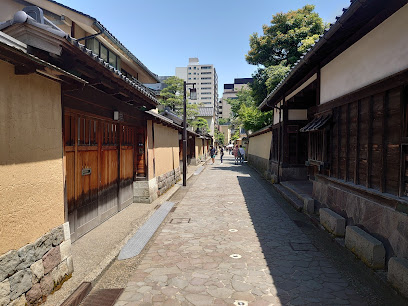
Nomura-ke Samurai Residence
Discover the rich heritage of Japan's samurai era at Nomura-ke, a beautifully preserved residence showcasing exquisite Edo period architecture and gardens.
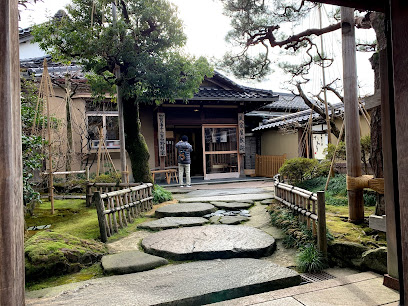
Kanazawa Shinise Memorial Hall
Explore Kanazawa Shinise Memorial Hall – a treasure trove of local history and traditional crafts, revealing the artistry of Japan's cultural heritage.
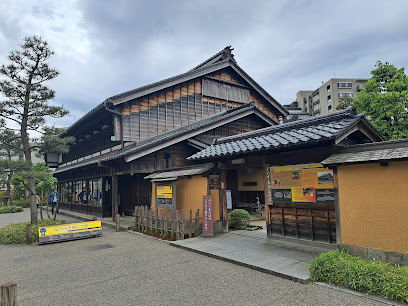
Takada Family House
Explore the historical elegance of Takada Family House in Kanazawa, a captivating glimpse into Japan's rich cultural heritage.
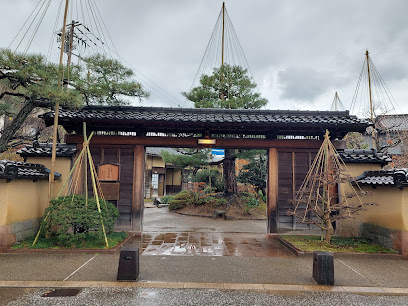
Naga-machi Buke Yashiki Rest House
Explore the historic charm of the Naga-machi Buke Yashiki Rest House in Kanazawa, a serene retreat into Japan's rich samurai heritage.
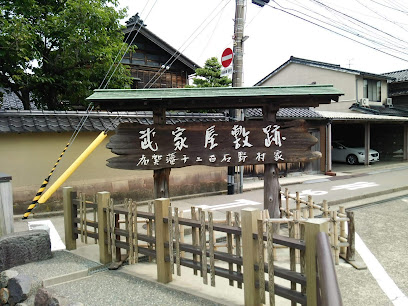
Unmissable attractions to see
Kanazawa City Ashigaru Museum
Explore the fascinating history of Japan's foot soldiers at the Kanazawa City Ashigaru Museum, where culture and heritage come alive in immersive exhibits.
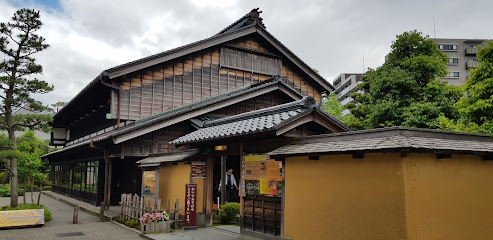
Takada Family House
Discover the elegance of the Edo period at the Takada Family House, a historical landmark in Kanazawa showcasing traditional Japanese architecture and culture.
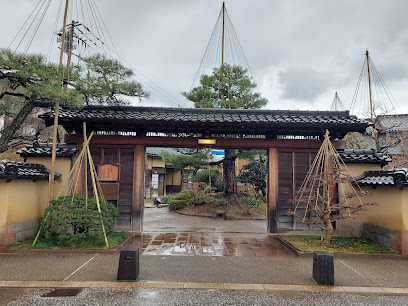
アメリカ楓通り
Explore Kanazawa's Amurica Garden, an enchanting tourist attraction with vibrant flora and serene pathways, perfect for relaxation and inspiration.
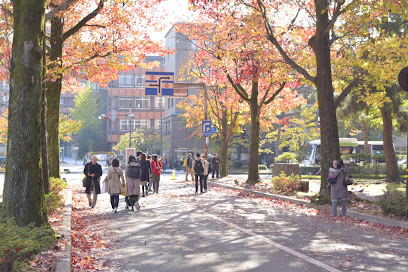
Essential places to dine
The Godburger
Experience gourmet hamburgers at The Godburger in Kanazawa—where flavor meets quality in every bite.

Aashirwad
Discover the rich flavors of India at Aashirwad in Kanazawa—where authentic cuisine meets modern flair in a welcoming atmosphere.

Plat Home - Kanazawa Kitchen
Discover innovative flavors at Plat Home - Kanazawa Kitchen, where traditional Japanese cuisine meets modern creativity in a charming setting.
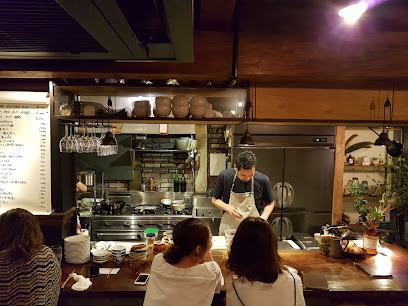
oink oink
Experience the best of Japanese meat dishes at Oink Oink in Kanazawa – where flavor meets tradition.
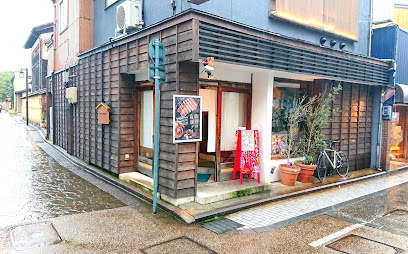
LA BETTOLA da Ochiai kanazawa
Experience authentic Italian cuisine at LA BETTOLA da Ochiai Kanazawa - where tradition meets local flavor in every dish.
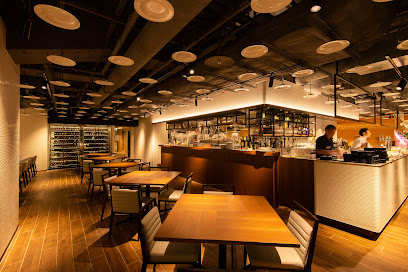
Love for All
Discover authentic Japanese cuisine at Love for All in Kanazawa, where local flavors meet warm hospitality.
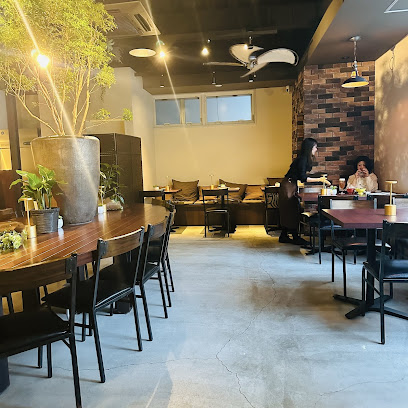
ABRI (Sake&Beer Dining)
Discover ABRI: where authentic ramen meets local brews in the heart of Kanazawa’s lively Korinbo district.

Tawara Restaurant
Experience exquisite French cuisine at Tawara Restaurant in Kanazawa - where tradition meets innovation in every dish.
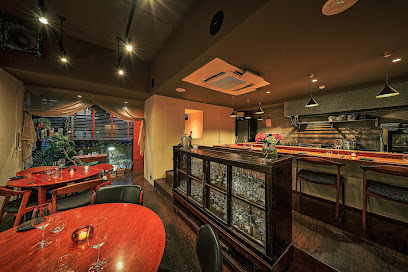
Golosetto
Discover authentic Italian cuisine at Golosetto in Kanazawa—where every dish tells a story of tradition and flavor.
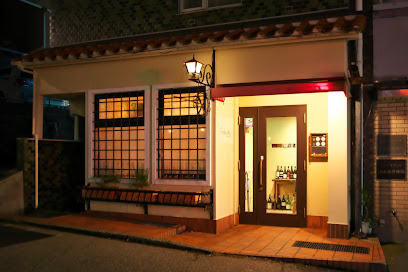
Trattoria Suzume Shokudō
Discover authentic Italian dining at Trattoria Suzume Shokudō in Kanazawa - where every dish tells a story.

Markets, malls and hidden boutiques
Hands Kanazawa Store
Explore the eclectic offerings of Hands Kanazawa Store, from unique gifts to home essentials, perfect for capturing the spirit of Kanazawa.
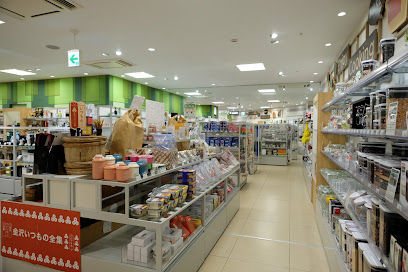
Utsunomiya
Discover Utsunomiya: A charming city in Japan filled with bookstores, stationery shops, and beautiful landscapes perfect for every traveler.
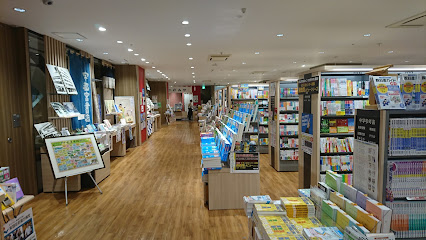
九谷焼窯元 鏑木商舗
Explore the rich tradition of Kutani porcelain at Kaburaki Shōpo, a unique pottery store and café in Kanazawa's historic Nagamachi district.

Museum Shop
Discover the best of Kanazawa's artistry at the Museum Shop, filled with unique souvenirs and local crafts that reflect the city's rich culture.

Tatsumasa
Discover the exquisite art of Japanese chinaware at Tatsumasa, a unique store in Kanazawa showcasing traditional craftsmanship.
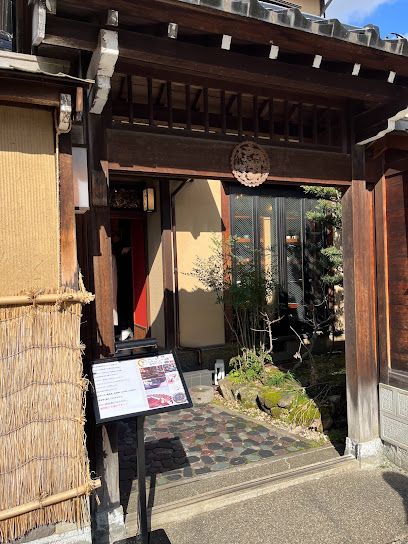
soil flagship shop
Experience the rich culture and craftsmanship of Ishikawa at the Soil Flagship Shop, Kanazawa's premier destination for local artisanal products.
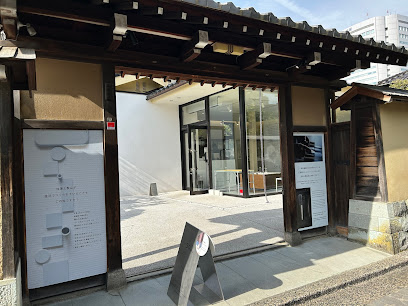
Kanazawa Kutani Museum
Explore the exquisite craftsmanship of Kutani porcelain at Kanazawa Kutani Museum, a cultural gem in the heart of Kanazawa, Japan.
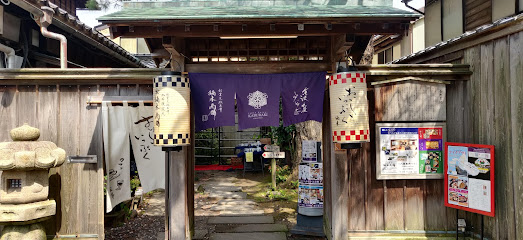
わらじ屋本店
Explore Warajiya Honten in Kanazawa for unique souvenirs that capture the essence of Japanese culture and craftsmanship.
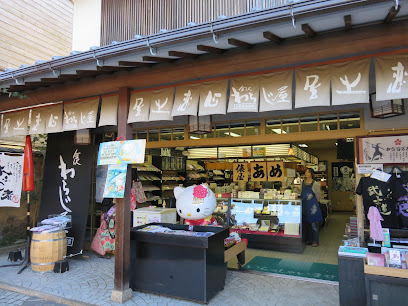
Sanrio
Explore the whimsical world of Sanrio in Kanazawa, where adorable characters come to life through an array of delightful gifts and unique merchandise.
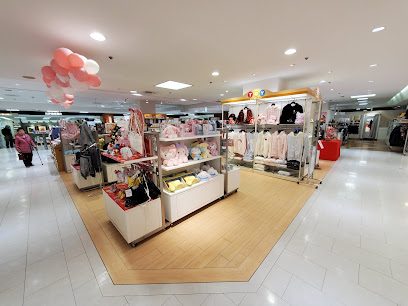
VILLAGE VANGUARD
Discover the whimsical wonders of Village Vanguard in Kanazawa, where Japanese pop culture meets quirky shopping delights.
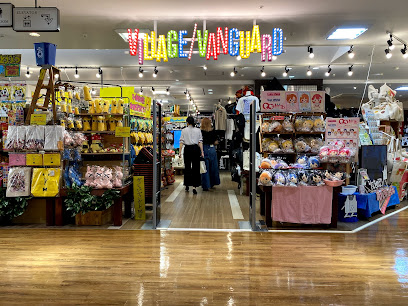
Essential bars & hidden hideouts
Kohaku Bar
Discover the vibrant atmosphere and diverse drink selection at Kohaku Bar, a must-visit destination in Kanazawa's nightlife scene.
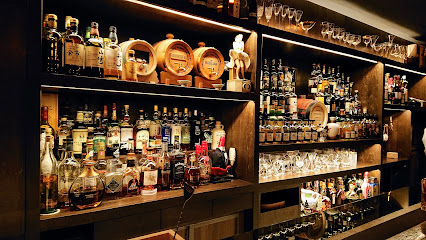
Kanazawa Music Bar
Discover the vibrant nightlife of Kanazawa at the Kanazawa Music Bar, where live music and delightful drinks come together in a cozy atmosphere.
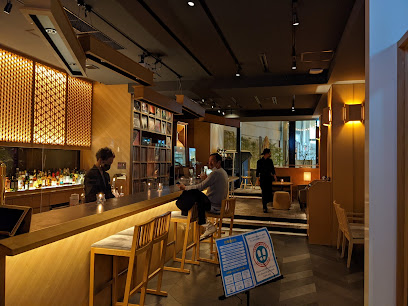
JIGGER BAR St.Louis
Discover the vibrant nightlife at JIGGER BAR St.Louis in Kanazawa, where creative cocktails and a welcoming atmosphere await you.
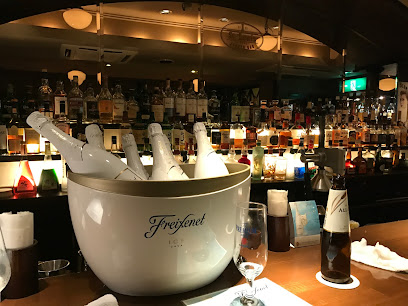
The Londonya Bar
Discover the vibrant nightlife at The Londonya Bar in Kanazawa, where delicious drinks and a lively atmosphere await you.
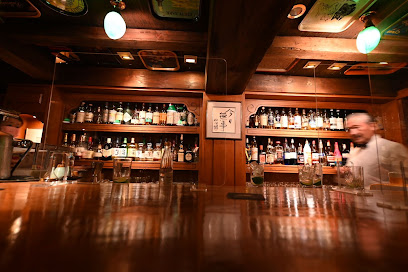
THE HIDEOUT
Discover The Hideout in Kanazawa, a lively bar offering a vibrant atmosphere and an exquisite selection of drinks for an unforgettable nightlife experience.
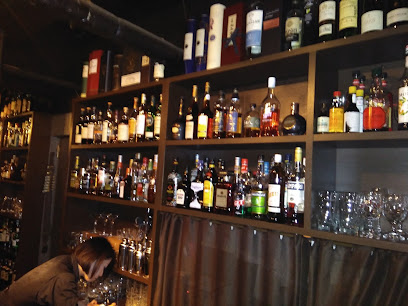
Bar polish
Discover the charm of Kanazawa at Bar Polish, where expertly crafted drinks and a cozy atmosphere await you after a day of exploration.
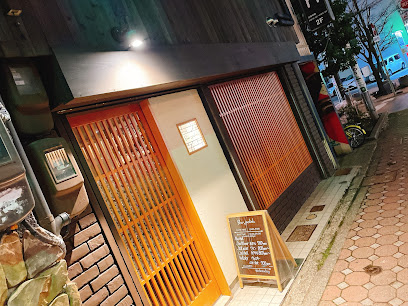
金沢・片町 BAR de JOAO(バードジョアン)
Experience the best of Kanazawa's nightlife at BAR de JOAO, a dynamic cocktail bar offering local flavors and a vibrant atmosphere.

Blue Bar(ブルーバー)
Experience the vibrant nightlife and authentic flavors of Kanazawa at Blue Bar, the perfect izakaya for food and drink lovers.

Kirikou
Discover Kirikou, a vibrant bar in Kanazawa, where local culture and delightful drinks come together for a memorable nightlife experience.
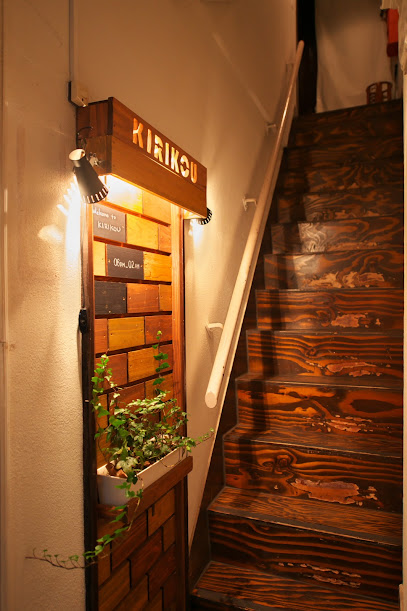
ヨーク
Discover the vibrant nightlife at ヨーク in Kanazawa, where local drinks and lively ambiance meet Japanese hospitality.
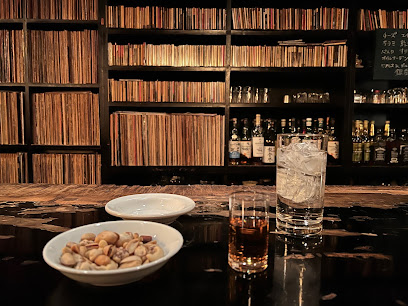
Local Phrases
-
- Helloこんにちは
[Kon'nichiwa] - Goodbyeさようなら
[Sayōnara] - Yesはい
[Hai] - Noいいえ
[Īe] - Please/You're welcomeどうぞ
[Dōzo] - Thank youありがとうございます
[Arigatō gozaimasu] - Excuse me/Sorryすみません
[Sumimasen] - How are you?お元気ですか?
[O-genki desu ka?] - Fine. And you?元気です。あなたは?
[Genki desu. Anata wa?] - Do you speak English?英語を話せますか?
[Eigo o hanasemasu ka?] - I don't understandわかりません
[Wakarimasen]
- Helloこんにちは
-
- I'd like to see the menu, pleaseメニューを見せてください
[Menyū o misete kudasai] - I don't eat meat肉は食べません
[Niku wa tabemasen] - Cheers!乾杯!
[Kanpai!] - I would like to pay, pleaseお会計をお願いします
[O-kaikyō o onegaishimasu]
- I'd like to see the menu, pleaseメニューを見せてください
-
- Help!助けて!
[Tasukete!] - Go away!去ってください!
[Satte kudasai!] - Call the Police!警察を呼んでください!
[Keisatsu o yonde kudasai!] - Call a doctor!医者を呼んでください!
[Isha o yonde kudasai!] - I'm lost道に迷っています
[Michi ni mayotte imasu] - I'm ill具合が悪いです
[Guai ga warui desu]
- Help!助けて!
-
- I'd like to buy...買いたいです...
[Kaitai desu...] - I'm just looking見ているだけです
[Mite iru dake desu] - How much is it?いくらですか?
[Ikura desu ka?] - That's too expensiveそれは高すぎます
[Sore wa takasugimasu] - Can you lower the price?値段を下げてもらえますか?
[Nedan o sagete moraemasu ka?]
- I'd like to buy...買いたいです...
-
- What time is it?今何時ですか?
[Ima nan-ji desu ka?] - It's one o'clock一時です
[Ichi-ji desu] - Half past (10)10時半
[Jū-ji han] - Morning朝
[Asa] - Afternoon昼
[Hiru] - Evening夕方
[Yūgata] - Yesterday昨日
[Kinō] - Today今日
[Kyō] - Tomorrow明日
[Ashita] - 1一
[Ichi] - 2二
[Ni] - 3三
[San] - 4四
[Yon] - 5五
[Go] - 6六
[Roku] - 7七
[Shichi] - 8八
[Hachi] - 9九
[Kyū] - 10十
[Jū]
- What time is it?今何時ですか?
-
- Where's a/the...?...はどこですか?
[Wa doko desu ka?] - What's the address?住所は何ですか?
[Jūsho wa nan desu ka?] - Can you show me (on the map)?地図で見せてもらえますか?
[Chizu de misete moraemasu ka?] - When's the next (bus)?次の(バス)はいつですか?
[Tsugi no (basu) wa itsu desu ka?] - A ticket (to ....)チケット(...へ)
[Chiketto (... e)]
- Where's a/the...?...はどこですか?
History of Nagamachi Samurai District
-
The Nagamachi Samurai District in Kanazawa emerged in the early Edo period (1603-1868) as the city became the seat of the Maeda clan, one of the most powerful samurai families in Japan. As Kanazawa developed, the Nagamachi area became home to many samurai warriors and their families, who built traditional wooden houses with earthen walls, creating a unique architectural style that persists today.
-
During the Edo period, the samurai of Nagamachi not only served as warriors but also as scholars and administrators. The district became a center for cultural and educational advancements, with many samurai engaging in the arts, literature, and philosophy. The establishment of schools and teahouses contributed to a rich cultural environment, blending martial discipline with artistic expression.
-
The Meiji Restoration in 1868 marked a significant turning point for the samurai of Nagamachi. The abolition of the samurai class led to the decline of their traditional lifestyle and the transformation of Kanazawa from a feudal domain to a modern city. Many samurai found new roles in the emerging government or transitioned to civilian life, leading to changes in the district's social fabric.
-
In the late 20th century, efforts began to preserve the historical integrity of the Nagamachi Samurai District. The area was recognized for its cultural significance, leading to restoration projects that aimed to maintain the traditional architecture and atmosphere. Today, Nagamachi attracts tourists interested in experiencing the lifestyle of the samurai era, with museums, preserved residences, and cultural events showcasing the heritage of Kanazawa.
-
Currently, Nagamachi serves as a living museum, illustrating the history and culture of the samurai class in Kanazawa. The district's streets are lined with historical landmarks, including the Nomura Samurai House and the Nagamachi Biyori, which provide insights into the daily lives of samurai families. Additionally, the annual Kanazawa Hyakumangoku Matsuri festival celebrates the region's samurai heritage, further enriching the cultural landscape of the area.
Nagamachi Samurai District Essentials
-
Nagamachi Samurai District is easily accessible from Kanazawa Station, the main transportation hub in the city. From Kanazawa Station, you can take a local bus (such as the Kanazawa Loop Bus) directly to the Nagamachi area, which takes about 15-20 minutes. Alternatively, you can opt for a taxi, which typically costs around 1,000-1,500 yen and takes about 10 minutes. If you prefer walking, it is approximately a 30-minute stroll from the station, allowing you to experience other parts of the city along the way.
-
The Nagamachi Samurai District is compact and best explored on foot, allowing you to fully appreciate its historical charm. Bicycles are also available for rent at various locations within Kanazawa, providing an alternative way to navigate the area. Public transport options, such as buses, are available but less frequent within the district itself. Taxis are easily accessible if you prefer not to walk.
-
Nagamachi Samurai District is generally safe for tourists. However, as with any urban area, it is advisable to remain vigilant, particularly at night. There are no specific high-crime areas targeting tourists, but visitors should exercise standard precautions by keeping personal belongings secure and avoiding poorly lit or isolated areas after dark.
-
In case of emergency, dial 110 for police assistance or 119 for fire and medical emergencies. Local hospitals and clinics are available in Kanazawa. It is advisable to carry a translation app or phrasebook, as English may not be widely spoken in emergency situations. Ensure you have travel insurance covering medical emergencies.
-
Fashion: Do wear comfortable shoes for walking, and dress modestly when visiting temples or traditional homes. Avoid shorts and revealing clothing. Religion: Do respect local customs; silence your phone and remove shoes when entering homes or temples. Public Transport: Do give up your seat to elderly or disabled passengers. Don’t eat or drink on public transport. Greetings: Do bow slightly when greeting locals, as it is a sign of respect. Eating & Drinking: Do try local dishes and beverages at surrounding eateries. Don’t tip at restaurants, as it is not customary in Japan.
-
To experience Nagamachi Samurai District like a local, visit the small shops and tea houses that offer a glimpse into traditional Japanese culture. Engage with shopkeepers, as many are eager to share stories about the history of the area. Consider participating in a local tea ceremony for an authentic experience. Explore the back alleys to discover hidden gems and quieter spots away from the main tourist paths. Finally, try to visit during a weekday to avoid crowds and enjoy a more tranquil atmosphere.






